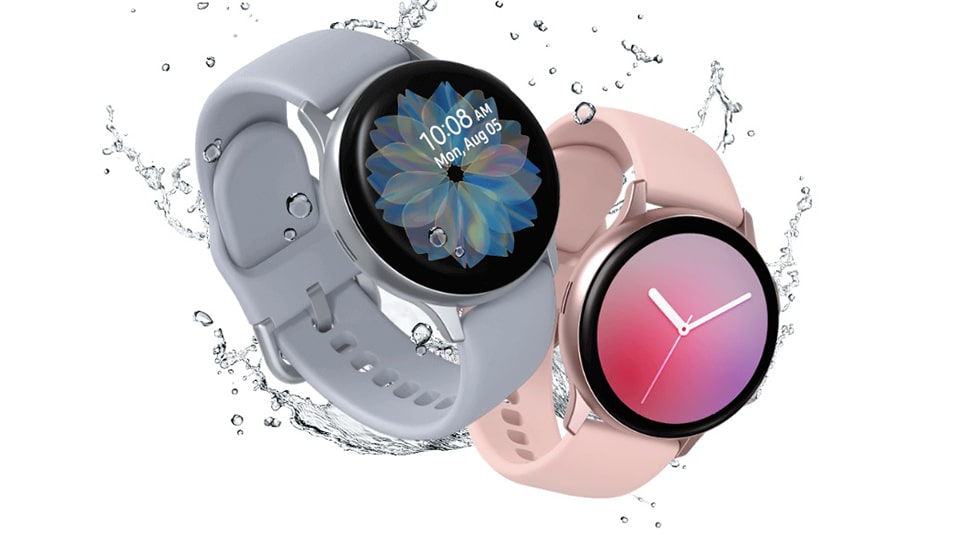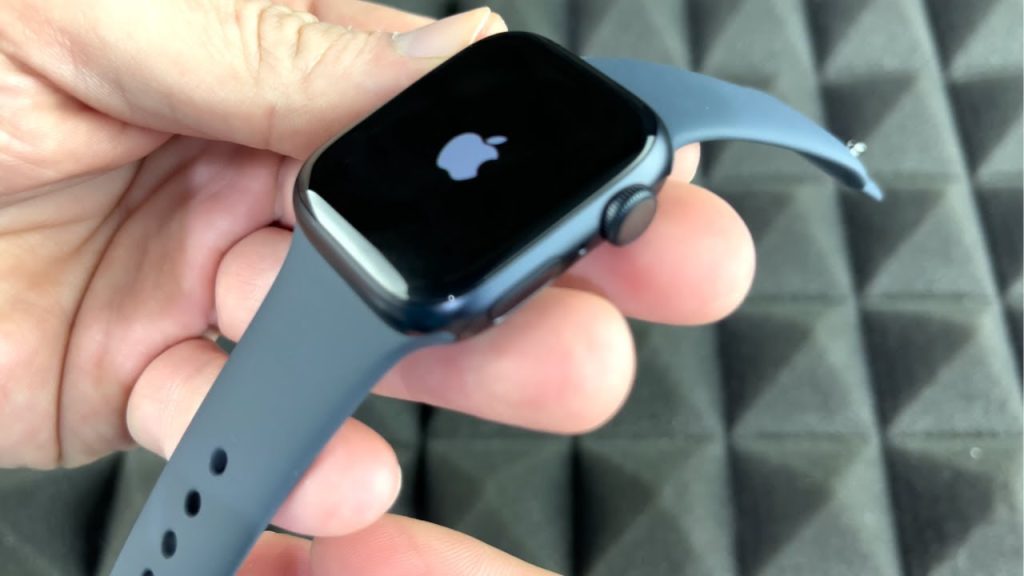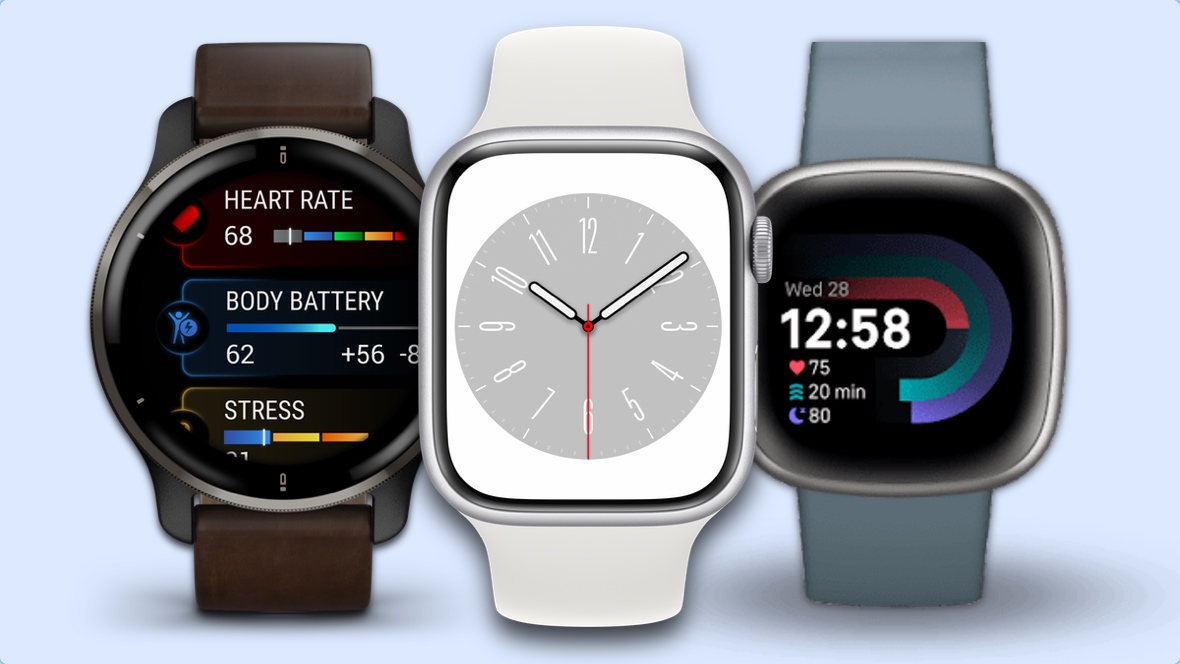In the dynamic landscape of wearable technology, smartwatches have emerged as versatile companions that extend the functionality of traditional timepieces. This article delves into the evolution, key features, and the impact of smartwatches on our daily lives, exploring how these wrist-worn devices have transcended their initial role as mere timekeepers.
The Genesis: From Timekeeping to Smart Functionality
The journey of Smart Watches traces back to the desire to augment traditional watches with modern technological capabilities. Initially conceived as devices primarily focused on timekeeping, smartwatches have evolved to incorporate a myriad of features that redefine their purpose in the digital age.
Key Features: Beyond Timekeeping
1. Fitness and Health Tracking: A Holistic Approach
Modern corteiz have embraced health and fitness tracking as a central feature. Equipped with sensors such as heart rate monitors, accelerometers, and GPS, these devices monitor physical activity, track workouts, and provide valuable insights into the user’s health. From step counts to sleep patterns, smartwatches contribute to a holistic approach to well-being.
2. Notifications and Connectivity: Staying Informed
Smartwatches act as an extension of smartphones, delivering notifications directly to the wrist. Users can receive calls, messages, emails, and app alerts without reaching for their phones. This seamless connectivity ensures that users stay informed and connected, reducing the need to constantly check their smartphones.

3. Customization and Personalization: Tailoring the Experience
The ability to customize watch faces, apps, and widgets allows users to personalize their smartwatch experience. From choosing different watch faces to installing apps that cater to individual preferences, smartwatches offer a level of customization that aligns with diverse tastes and needs.
4. Voice Commands and Digital Assistants: Hands-Free Functionality
Integration of voice recognition technology enables users to interact with their smartwatches using voice commands. Digital assistants, such as Siri, Google Assistant, and Alexa, provide hands-free functionality, allowing users to set reminders, send messages, or even control smart home devices with voice prompts.
5. Music and Media Control: Entertainment on the Wrist
Smartwatches have become entertainment hubs on the wrist, allowing users to control music playback, adjust volume, and even manage media on their smartphones. This feature is particularly convenient for those engaged in physical activities or when the smartphone is not easily accessible.
6. Navigation and GPS: Finding the Way
Built-in GPS functionality in smartwatches facilitates navigation and location tracking. Whether for fitness activities, exploring unfamiliar places, or navigating daily commutes, smartwatches provide users with accurate and real-time location information.
7. Payment Solutions: Contactless Transactions
Many smartwatches now come equipped with NFC technology, enabling contactless payments. Users can make purchases with a simple tap of their smartwatch, adding a layer of convenience to daily transactions.
Evolution of Design: Melding Fashion with Functionality
The design of smartwatches has undergone significant evolution, transitioning from bulky and utilitarian to sleek and stylish. Manufacturers have recognized the importance of aesthetics, incorporating premium materials, customizable bands, and a variety of sizes to cater to diverse preferences. The result is a fusion of broken planet and functionality that appeals to a broad spectrum of users.
Health and Fitness Revolution: Monitoring Well-Being
1. Activity Tracking: Beyond Step Counts
Smartwatches have redefined how individuals monitor their physical activity. Beyond basic step counts, these devices track a range of activities, including running, cycling, swimming, and more. Users can set fitness goals, monitor progress, and receive real-time feedback to optimize their workouts.
2. Heart Rate Monitoring: Real-Time Insights
Heart rate monitors in smartwatches provide users with real-time insights into their cardiovascular health. Whether during workouts or throughout the day, users can track their heart rate trends, enabling them to make informed decisions about their fitness routines and overall well-being.
3. Sleep Tracking: Prioritizing Rest
The integration of sleep tracking features allows users to monitor their sleep patterns and quality. Smartwatches analyze data such as sleep duration, stages, and interruptions, providing users with actionable insights to improve their sleep hygiene.
4. Stress Tracking: Mindful Well-Being
Some smartwatches include stress tracking features that use heart rate variability to assess the user’s stress levels. Guided breathing exercises and mindfulness prompts aim to promote relaxation and mental well-being.
The Role of Ecosystems: Integration with Smart Devices
Smartwatches play a pivotal role in the broader ecosystem of connected devices. Many smartwatches seamlessly integrate with smartphones, tablets, and other smart devices, creating a cohesive user experience. This integration extends to notifications, apps, and even smart home controls, offering users a centralized hub for managing their digital lives.
The Rise of Standalone Smartwatches: Independence Unleashed
While many smartwatches rely on tethering to smartphones for full functionality, standalone smartwatches are gaining traction. These devices come equipped with cellular connectivity, allowing users to make calls, send messages, and access data services directly from their smartwatches, liberating them from the need to carry a smartphone at all times.

Challenges and Considerations: Navigating the Smartwatch Landscape
As the popularity of smartwatches continues to grow, users must navigate through a plethora of options, each with its unique features and considerations. Battery life, compatibility with smartphones, app availability, and the learning curve associated with new technologies are factors that users should carefully consider before investing in a smartwatch.
The Future of Smartwatches: Innovations on the Horizon
The future of smartwatches holds exciting possibilities. Innovations such as advanced biometric sensors, augmented reality (AR) capabilities, and enhanced battery technologies are expected to shape the next generation of smartwatches. As these devices continue to evolve, they will likely become even more integral to our daily lives, offering new ways to stay connected, healthy, and informed.
Conclusion:
In conclusion, smartwatches have undergone a remarkable evolution, transforming from basic timekeepers to multifaceted devices that seamlessly integrate into our digital lifestyles. The fusion of advanced features, health and fitness tracking capabilities, stylish designs, and connectivity options has positioned smartwatches as indispensable companions for users seeking a holistic and connected experience.
As technology advances and user preferences continue to shape the market, smartwatches are poised to play an increasingly central role in how we manage our health, stay informed, and express our individual styles. The wrist-worn revolution shows no signs of slowing down, promising a future where smartwatches become even more integral to our daily routines.





